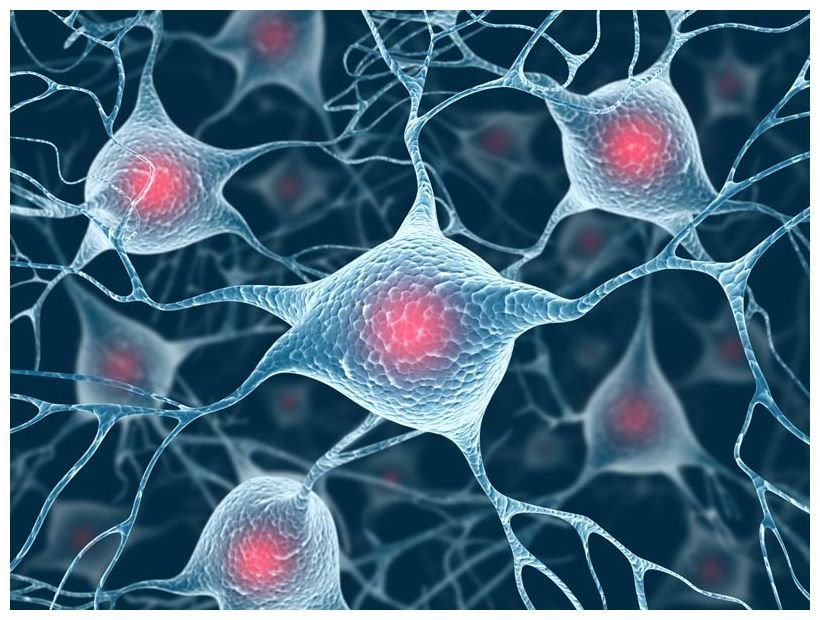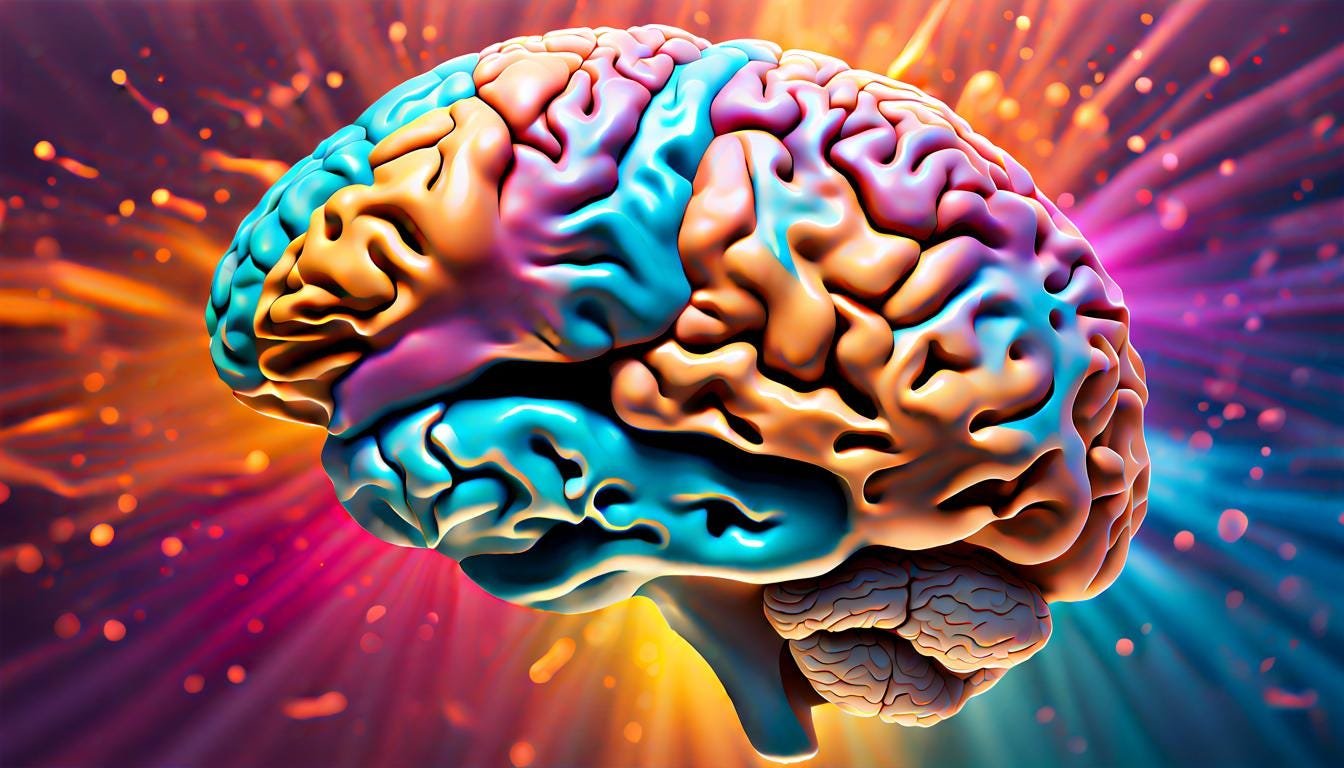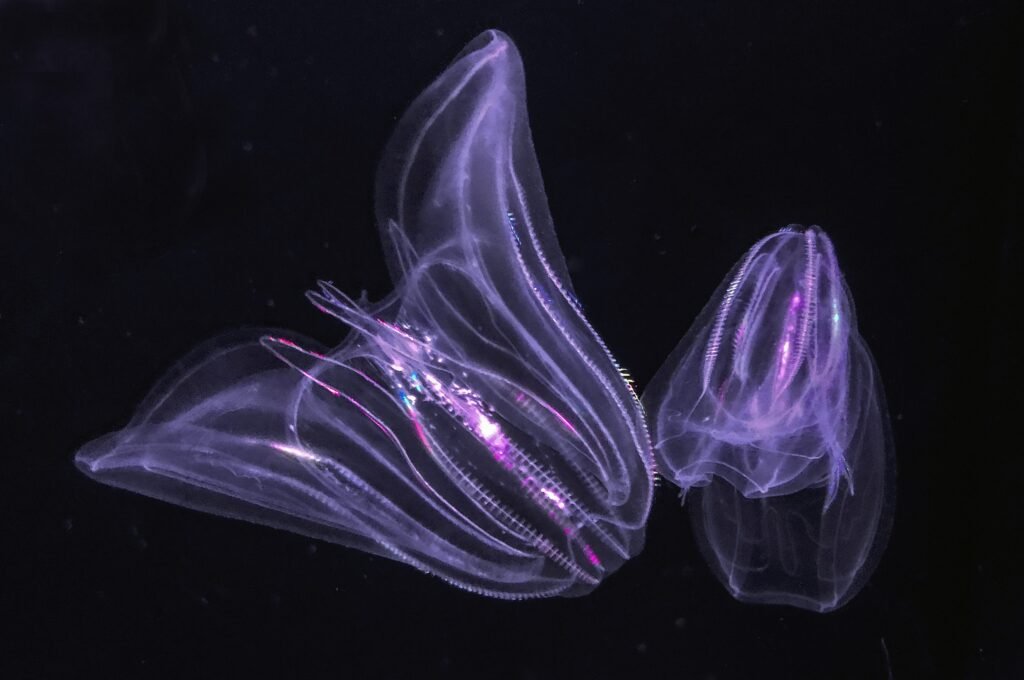Scientists created largest 3D reconstruction of human brain tissue
Scientists created the largest 3D reconstruction of a millimeter-sized human brain tissue, roughly half the size of a rice grain. The tissue reconstruction has 1,400 terabytes of data. It clearly shows 57,000 cells and 150 million neural connections.
Researchers at Google Research and Harvard University have changed our understanding of the physical processes responsible for healthy and diseased human brains through this development.
Despite significant developments in neuroscience over the past few decades, little knowledge is available about the specific neuronal circuitry that performs the functions of the human brain.

Neuroscientists are still largely in the dark regarding how neuronal connections and cellular microstructure of the brain either support or hinder normal brain functions.
In the latest study, scientists accessed an epileptic focal beneath the brain using a cubic mm fragment of brain tissue. They took it out from a 45-year-old woman during surgery.
Epileptic refers to a neurological condition in which a person experiences abnormal electronic brain activity. It affects one side of the brain.
Hence, scientists created the largest 3D reconstruction of taken-out brain fragments using images from electronic microscopes and artificial intelligence.
This reconstruction has over 150 million neurological connections, 230 millimeters of blood arteries, and 57,000 cells. It totaled 1,400 terabytes of data which is more than 2,80,000 two-hour movies.

Click here to read the updates on Chinese doctors transplanted pig kidney into brain-dead human body
Jeff Lichtman is a professor of molecular and cellular biology at Harvard. He is an expert in connectomics who led this research study.
However, connectomics is the study of neurological connections, similar to genomics. It aims to make detailed lists of brain structure down to individual cells and how they connect with other cells.
Sandhya Koushika is a neurobiologist at the Tata Institute of Fundamental Research (TIFR), Mumbai. She said, finally, at least a tiny piece of the most complex part of the brain, the cerebral cortex, has been reconstructed.
According to Sandhya, this research will help neurologists to understand how the brain is connected in unimagined levels in detail. The US research journal Science has published this research study.
Read More:
- Sea creature turns into a baby when it is stressed out showing time travel
- Realme Narzo 70 Turbo 5G launch date, features, specifications & price
- European Space Agency printed 3D metal part in space for first time
- Earth’s mysterious Alaska triangle where over 20,000 people disappeared
- Philips Hue launched a new smart lighting solution for kitchen
- NASA to launch life-searching spacecraft to Jupiter’s moon Europa
Share this content:










Post Comment